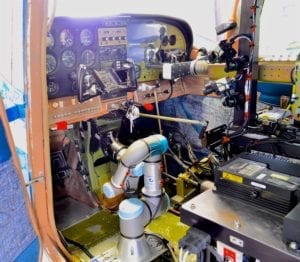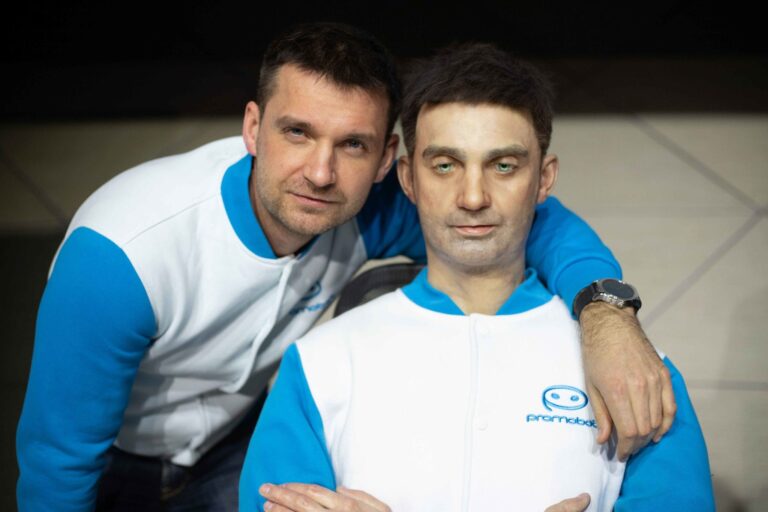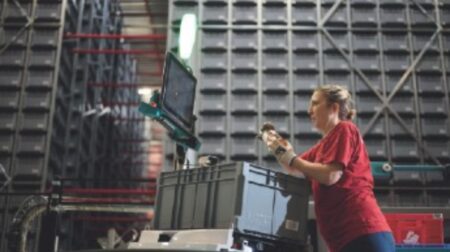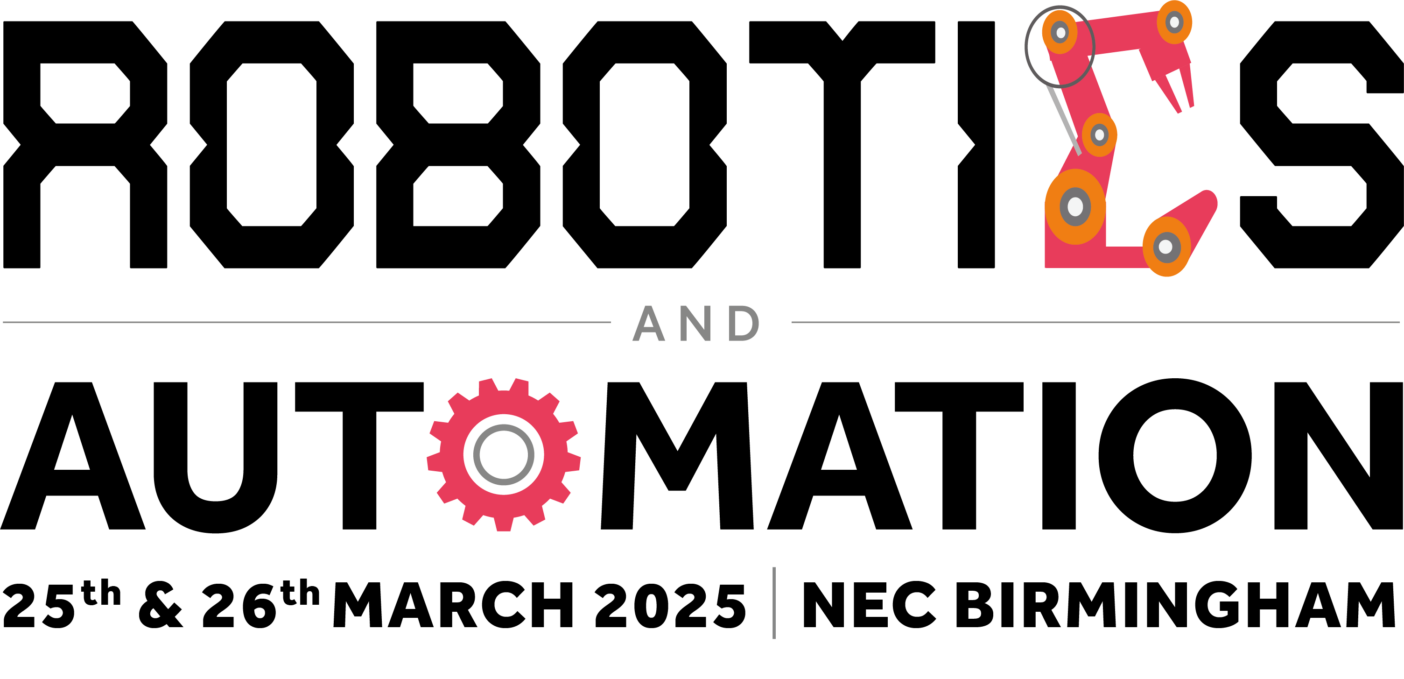Robots have been used in manufacturing since the 1970s, but what’s life like beyond the warehouse? Maria Highland gets to grips with the latest robotic innovations making an impact on wider society…
There are currently 2.25 million robots in use worldwide, which is three times the number it was 20 years ago, according to Oxford Economics. Its How robots change the world report predicts that there will be 20 million robots in use worldwide by 2030 – 14 million of which will be in China alone.
Although such a growth may seem unsettling for some, this spells out productivity and economic prosperity as well as the creation of new jobs in industries that are yet to exist, assures the report. Indeed, robots are slowly pervading people’s daily lives. But they come in peace, aiming to make our daily lives easier. Whether it be cleaning, driving or flying planes, robots are here to lend a mechanical hand. So, ready or not, here they come.
Rise of the machines
We might all be familiar with reports of Google’s and Uber’s self-driving cars not having the most favourable trial outcomes, but the technology is still in its infancy and automotive OEMs are still very much set on making the vision a reality.
In July, Ford bought self-driving vehicle technology developer Quantum Signal and, alongside Volkswagen, it is to collaborate with Argo AI to introduce autonomous vehicle technology in the USA and Europe.
And last year, Daimler introduced automated valet parking in collaboration with Bosch. The technology is currently available to experience at the Mercedes-Benz Museum in Stuttgart, Germany. Visitors can have their car parked via a smartphone app that interacts with the parking garage to find a suitable route to a free parking spot.

It doesn’t stop there. Daimler’s latest endeavour, the Vision Urbanetic concept vehicle, aims to provide a needs-based, sustainable way of travelling by utilising autonomous driving. Vision Urbanetic is powered by an electric chassis and is able to carry up to 12 passengers or goods in an urban environment.
It interacts with other vehicles and road users and can recognise road signs and traffic signals using car-to-x communication via a standardised platform. Vision Urbanetic then communicates with its environment using cameras and sensors.
For example, it lets pedestrians crossing in front of it know that they have been recognised by displaying special animations on the front display. The vehicle’s side door area is also an active display. Several hundred light units signal the approaching persons to inform them that they have been recognised. This allows pedestrians or cyclists to quickly assess upcoming actions of the vehicle.
What’s more, Vision Urbanetic analyses supply and demand in real time to produce planned routes in responses to real-time transport needs. The evaluation of local information and intelligent control also means that it not only analyses current requirements but also learns from them to anticipate future needs. The final result is a fully autonomous fleet with planned routes that ensure maximum efficiency, flexibility and safety.
Sky’s the limit
It isn’t just cars driving themselves, technology is now allowing planes to be flown without a human pilot. Boeing’s autonomous passenger air vehicle completed its first test flight earlier this year in Virginia, USA. The company’s urban air mobility arm, Boeing NeXt, led the test and utilised Boeing subsidiary Aurora Flight Sciences to design and develop the aircraft.

The passenger air vehicle is an electric vertical take-off and landing aircraft (eVTOL), designed for fully autonomous flight from take-off to landing. It has a range of up to 50 miles (80km) and is 9.14m (30ft) long and 8.53m (28ft) wide.
The eVTOL completed a controlled take-off, hover and landing during the flight, which tested the vehicle’s autonomous functions and ground control systems. Future flights will test forward, wing-borne flight and the transition phase between vertical and forward-flight modes.
The aim of the aircraft is to advance safety and technology within urban air mobility. “Certifiable autonomy is going to make quiet, clean and safe urban air mobility possible,” says Aurora Flight Sciences president and chief executive John Langford.
“From building air vehicles to airspace integration, we will usher in a future of safe, low-stress mobility in cities and regions around the world,” adds Steve Nordlund, Boeing NeXt vice president and general manager.
Alternatively, it could be a robot that flies a plane. In August, the Air Force Research Laboratory’s Centre for Rapid Innovation (CRI) and DZYNE Technologies completed a successful two-hour flight with ROBOpilot in Utah, USA.
ROBOpilot interacts with the aircraft as a human pilot would, grabbing the yoke, pushing the rudders and brakes, controlling the throttle and flipping the required switches. The system has situational awareness and information gathering capabilities thanks to sensors such as GPS and an inertial measurement unit. A computer analyses the information to make decisions on how to best control the flight.

Installation requires replacing the pilot’s seat with a frame that contains all the equipment necessary to control the aircraft including actuators, electronics, cameras, power systems and a robotic arm. “ROBOpilot offers the benefits of unmanned operations without the complexity and upfront cost associated with the development of new unmanned vehicles,” says CRI’s senior scientist Alok Das.
Ready for action
The military is all in when it comes to robotic technology for its troops. The British Army recently received £66m (US$82.3m) in funding to fast-track its robotic endeavours. And what’s on the menu? Mini-drones to give soldiers an eye-in-the-sky, systems to kit-out fighting vehicles with remote-control capability so they can travel in front of manned vehicles, and autonomous vehicles to deliver supplies.
“Rapid adaptation is an essential ingredient for success on the battlefield,” says Sir Mark Carleton-Smith chief of the general staff for the British Army. “The fielding of the next generation of armoured fighting vehicles and ground-breaking robotic and autonomous systems will keep the British Army at the cutting-edge of battlefield technology, improving our lethality, survivability and competitive advantage.”
Likewise, in Georgia, USA, the Defense Advanced Research Projects Agency has used autonomous air and ground robots in the second field experiment of its OFFensive Swarm-Enabled Tactics programme. The autonomous air and ground robots tested tactics on a mission to isolate an urban objective. First, they identified locations of interest and then created a perimeter around the focal point.

There are two performer types, Swarm System Integrators and Swarm Sprinters. The integrators create OFFSET architectures, interfaces, and Swarm Tactics Exchanges that help performers design swarm tactics through combining collective behaviours, swarm algorithms, and existing swarm tactics. And Sprinters perform focused tasks and deliver additional technologies to merge with system integrators.
The goal is for the collaborative autonomous systems to provide critical insights into small ground military units in urban areas that disrupt sight lines, communications and mobility.








